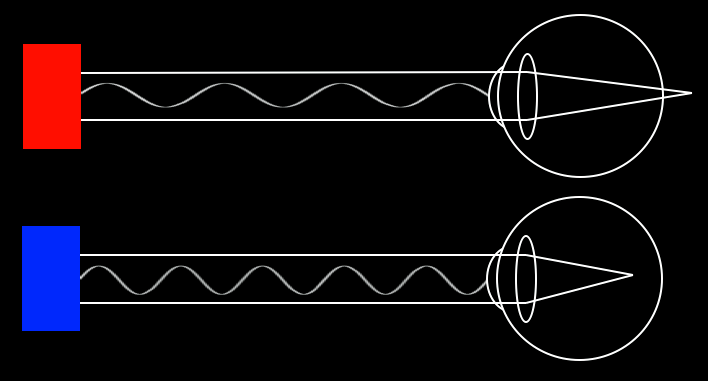- Joined
- Jul 8, 2012
- Messages
- 1,772
- Points
- 0
I would not really suggest going over board with optics on 445nm lasers because of their interaction with the air. Something like that would benefit a Mitsubishi 500mW 638nm diode far more IMO. For 445nm lasers I think a high grade single element long focal length lens is about as much as I will do.
Last edited:




